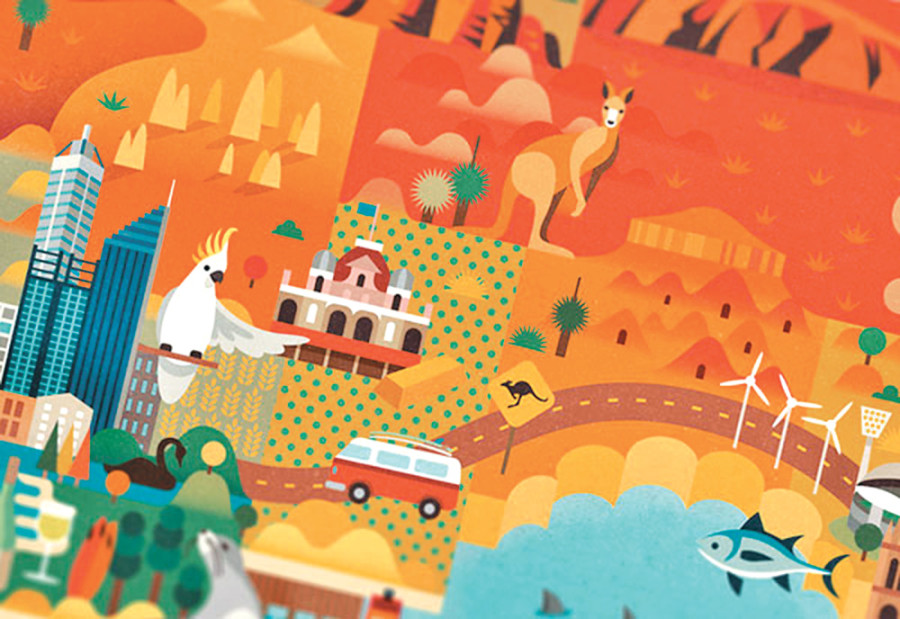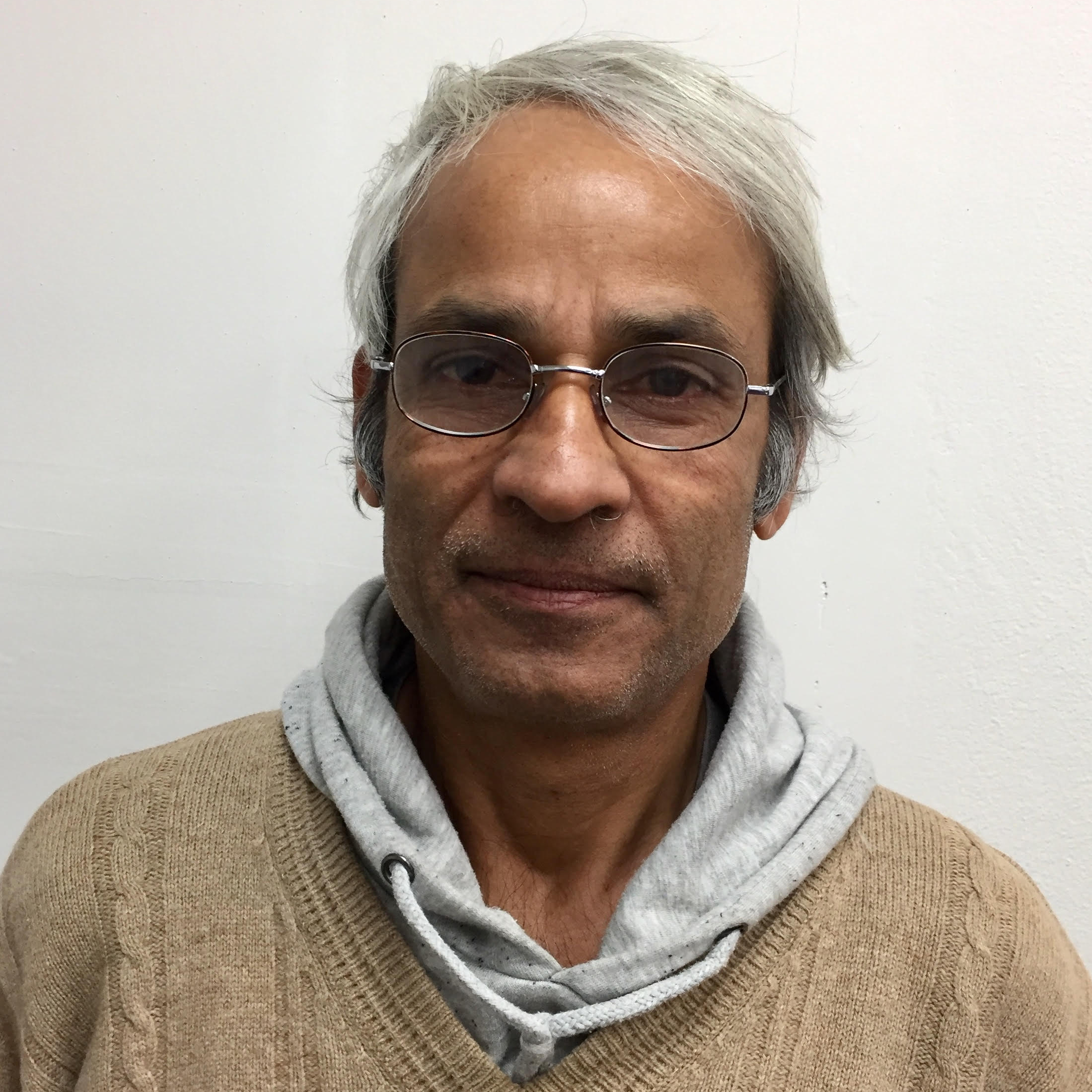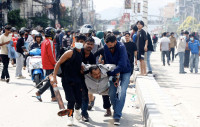Opinion
A diverse diaspora
Nepalis are still struggling to establish a strong foothold in Australia
Jagannath Adhikari
When I was in Sydney in 1988, I hardly met anyone of Nepali origin. But now, one cannot avoid meeting a Nepali here. Over the past three years, I have been doing a lot of back and forth between Nepal and Australia, and have been able to interact with many Nepalis who have settled here. I find the Nepali community here growing by leaps and bounds, thanks to increased malleability of Australian border, especially for students and skilled workers.
The Sydney Morning Herald reported recently that the number of Nepali-born Australians has increased more than 11-fold over the decade, from just over 3,800 people in 2005 to more than 43,500 in 2015. But these figures could still be conservative, as many Nepalis in the process of migration have not yet been recorded. According to some estimates of Nepali scholars, there are about 100,000 Nepalis living in Sydney alone.
Rising numbers
Although the Nepali population is still small compared to other groups in Australia, the rate of increase—nearly 28 percent a year, on average—is quite high. Yet, compared with 28 percent of the total population of the country consisting of foreign-born Australians, the percentage of Nepali-born Australians is still miniscule—0.02 percent of the total population.
Coming in as a student is a major pathway to migration to Australia. For thousands of Nepali students who go abroad for higher studies, Australia is among the top choices. According to the Nepal Ministry of Education, about 33 thousand students took a no-objection letter for study abroad in one year during 2015-16. In the past, as many as half the total number of students leaving Nepal came to Australia.
Other ways to come to Australia are skilled-migration—of doctors, engineers, scientists, researchers, nurses and IT-professionals—and family
reunion. At a time when Nepal is experiencing political instability, an increasing number of youths have taken this path to migration. There are other important pull factors like high wages, better standard of living and good schools for children.
What is most revealing is that the first generation Nepali migrants are still strongly connected to Nepal. In their daily conversation, they mainly talk about Nepal—from political and economic issues to other changes taking place in the country. It looks like they are more connected to Nepal than to the society in which they live and work. Some of them also think about returning to Nepal when they retire or when their children can fend for themselves. On the other hand, they also realise that they are in a way stuck here and cannot go back. This, however, is not the case with children born or brought up here; most of them prefer going to Nepal more frequently as tourists.
Different identities
Over the years, the Nepali diaspora has created a microcosm of Nepal in many parts of Australia, especially in bigger cities like Sydney and Melbourne.
They have about a dozen newspapers which feature cultural events, sports, business promotions, community events, and appeals for help in cases of need. The daily life patterns, everyday conversations, and the way the Nepali diaspora engages as a community has created a little Nepal outside Nepal. In many of the programmes, one can see small children performing Nepali folk dances. Both Nepali and Australian flags adore the drawing rooms of Nepali migrants’ houses.
Like in every society, the Nepali diaspora in Australia is not homogenous.
In one Nepali individual here, one can see multiple axes of identity—ethnicity, geographical location in Nepal, political inclination, education, skills, profession and so on. Like in Nepal, this means Nepalis in Australia belong to different groups where they fit best and can take the most advantage to make their lives better. The outcome is that,
in addition to a larger community defined as Non-Resident Nepali Association-Australia, there are many diverse and often small Nepali communities that aim at fulfilling particular interests and that pursue specific ways to connect to Nepal.
Not equal
These communities connect regularly to their respective communities in Nepal by organising cultural events. They bring singers and actors from Nepal, especially during festivals, invite political leaders to give speeches, raise funds for parties and organise campaigns for humanitarian support for Nepal during times of crisis. At an individual or small level, donations are collected for a particular school, village, or individuals in crisis in Nepal based on one’s attachment or origin. These micro-communities are also effective in providing support to each other.
It is also true that all Nepali migrants in Australia are not equally successful or happy. A large proportion of the Nepali diaspora in Australia is living mainly through unskilled or semi-skilled jobs like cleaners, carers, and entry-level work in sweatshops, department stores, hotels and restaurants. A small number of them have developed enterprises around these activities like opening cleaning companies, restaurants, grocery stores, taxi-driving and hauling services, and plumbing and electrician services. A professor in Sydney University told me that when he visited an old-age care centre to meet his relative, he found that all the carers were Nepalis. He then developed an interest to study Nepali carer migrants.
A small proportion of the Nepali diaspora consists of high-skilled individuals, who are making significant contribution in their areas of expertise like education, science, and medicine. These people have the greatest potential to contribute to Nepal in terms of skills and knowledge transfer and investment for enterprises in Nepal. In general, however, the Nepali diaspora is still struggling to establish a strong foothold in Australia.
Adhikari is a human geographer with an interest in development planning




 8.12°C Kathmandu
8.12°C Kathmandu










